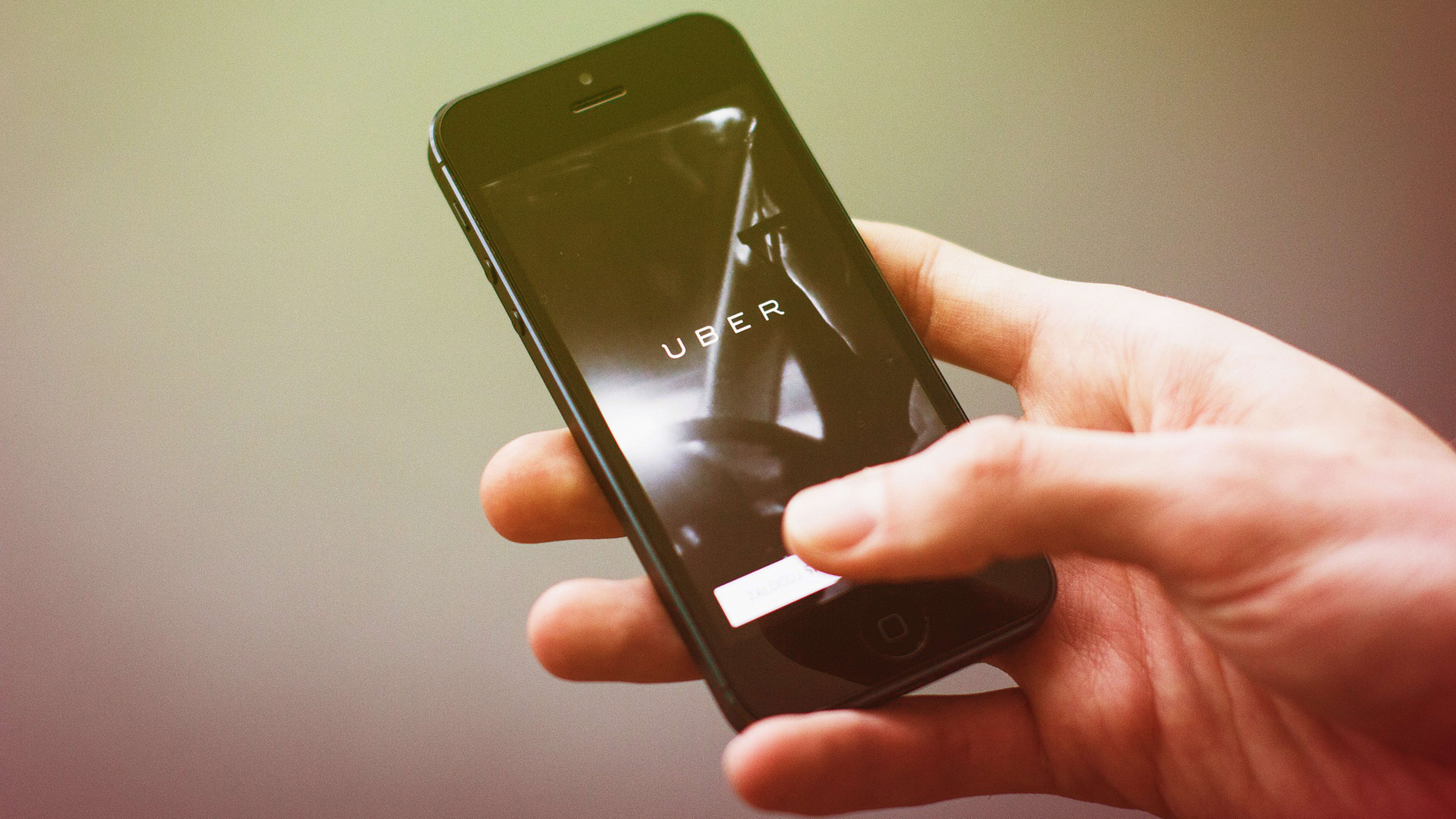As part of its ongoing investigation into the deadly Arizona crash between a self-driving Uber vehicle and a pedestrian, the company has found that though the car’s sensors detected the pedestrian, the car’s software was too slow to react, reports the Information. Specifically, the software designed to decide how it should react to objects in its path took too long to decide because it was tuned too far in favor of ignoring objects that could be “false positives.”
False positives are usually things like plastic shopping bags, which a self-driving vehicle could hit without doing any damage. Uber’s internal report also noted the human test driver behind the wheel was not paying close enough attention before the collision. It’s important to note that the official NTSB investigation into the deadly collision is ongoing and Uber’s report is only preliminary.
Recognize your brand’s excellence by applying to this year’s Brands That Matter Awards before the early-rate deadline, May 3.
